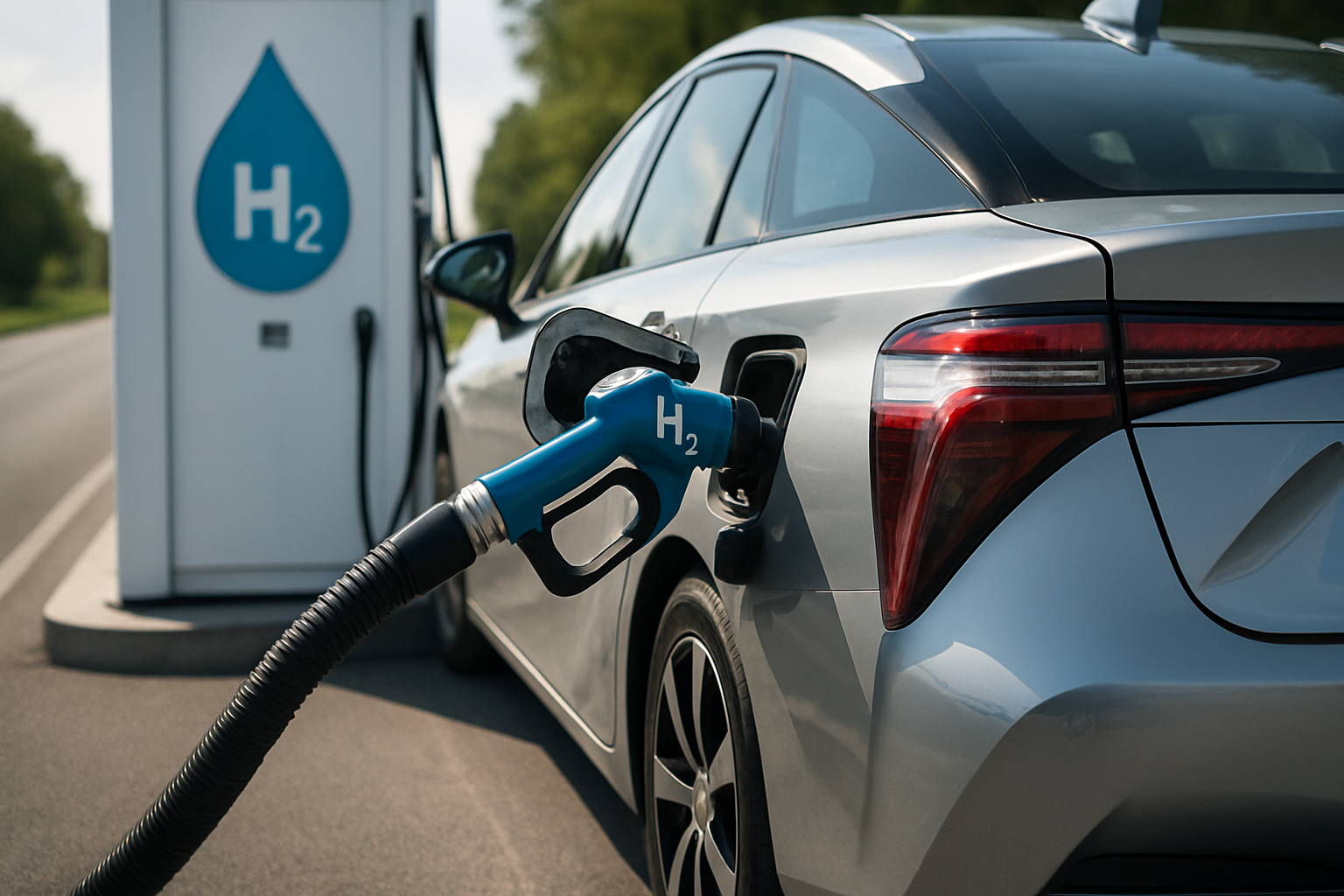Hydrogen Fuel Cell Vehicles: The Silent Revolution in Automotive Technology
In a world increasingly focused on sustainable transportation, hydrogen fuel cell vehicles are emerging as a promising alternative to traditional combustion engines. This groundbreaking technology harnesses the power of hydrogen to propel vehicles, offering zero-emission mobility with the convenience of quick refueling. As automakers and governments alike invest in hydrogen infrastructure, these vehicles are poised to reshape the automotive landscape. Let's delve into the intricacies of this innovative propulsion system and explore its potential to revolutionize the way we drive.

Advantages Over Battery Electric Vehicles
While battery electric vehicles have gained significant traction in recent years, hydrogen fuel cell vehicles offer several distinct advantages. Perhaps most notably, refueling a hydrogen vehicle takes just minutes, comparable to filling up a conventional gas tank. This eliminates the long charging times associated with battery-powered cars, making hydrogen vehicles more suitable for long-distance travel and commercial applications. Additionally, hydrogen fuel cells maintain their efficiency in extreme temperatures, unlike batteries which can suffer from reduced range in cold weather.
Infrastructure Challenges and Solutions
One of the primary hurdles facing widespread adoption of hydrogen fuel cell vehicles is the lack of refueling infrastructure. However, several countries are making significant strides in addressing this issue. Japan, for instance, has committed to building a network of hydrogen stations across the country, while Germany plans to have 400 hydrogen refueling stations operational by 2023. In the United States, California leads the way with over 40 public hydrogen stations, with plans for expansion.
Environmental Impact and Sustainability
While hydrogen fuel cell vehicles themselves produce zero emissions, the production of hydrogen can have varying environmental impacts depending on the method used. Currently, most hydrogen is produced through steam methane reforming, which does result in carbon emissions. However, there’s a growing push towards green hydrogen production using renewable energy sources like wind and solar power to electrolyze water. This approach could make hydrogen fuel cell vehicles a truly zero-emission option from well to wheel.
The Road Ahead: Challenges and Opportunities
As with any emerging technology, hydrogen fuel cell vehicles face several challenges on the path to widespread adoption. Cost remains a significant barrier, with fuel cell systems and hydrogen storage tanks driving up vehicle prices. However, as production scales up and technology improves, these costs are expected to decrease. Safety concerns surrounding hydrogen storage and transportation are being addressed through rigorous testing and advanced storage solutions. Looking ahead, the integration of fuel cell technology with autonomous driving systems could open up new possibilities for sustainable mobility solutions.
In conclusion, hydrogen fuel cell vehicles represent a compelling vision for the future of automotive technology. With their quick refueling times, long range, and potential for true zero-emission operation, they offer a unique solution to the challenges of sustainable transportation. As infrastructure expands and technology advances, we may well see these silent, clean-running vehicles become a common sight on our roads, ushering in a new era of automotive innovation.




